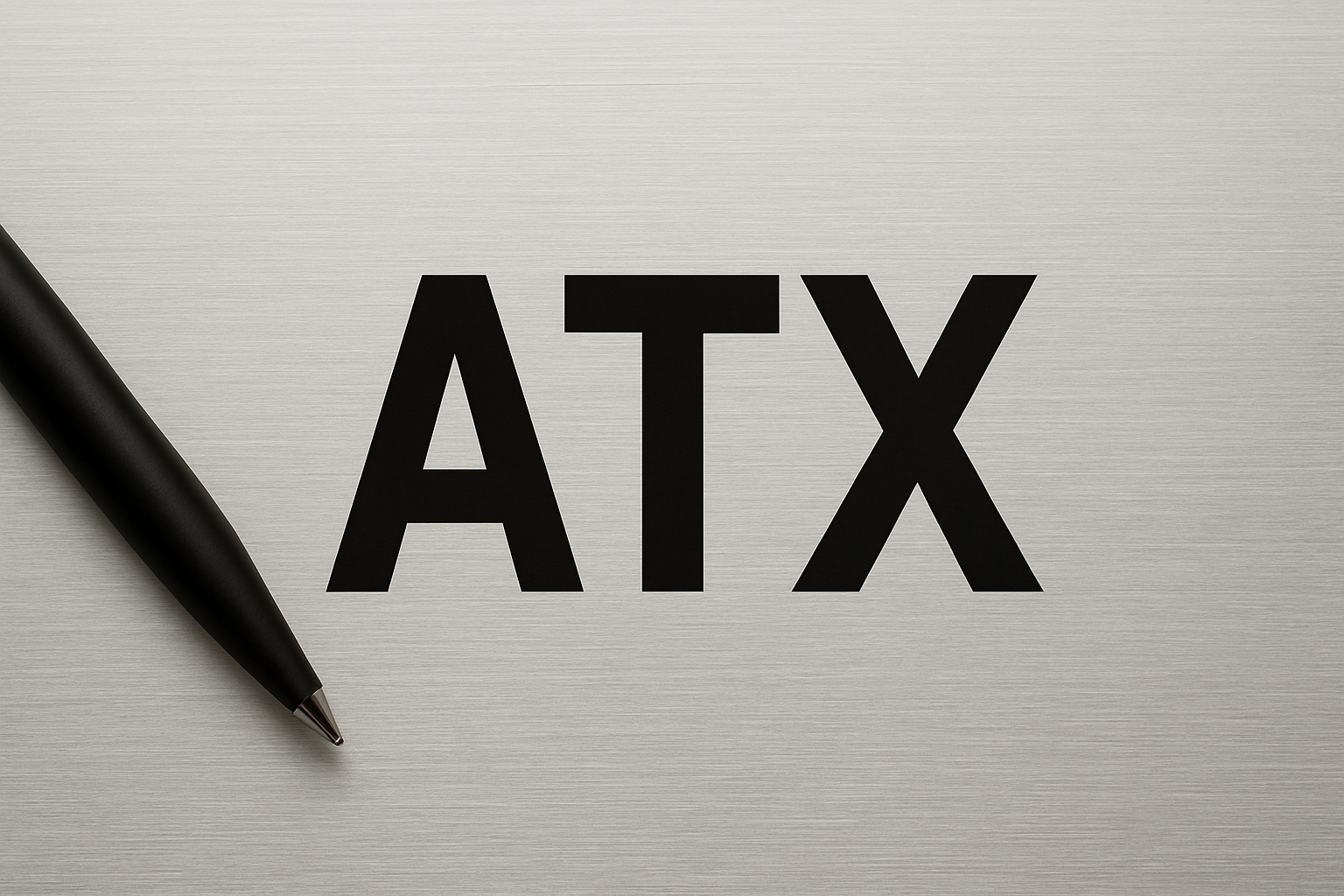If you’re wondering what the abbreviation for construction is, the quick answer is “Constr.” This short form is commonly used across project documents, blueprints, and contracts to save space and improve clarity. Whether you’re a construction professional, student, or simply someone reviewing project plans, understanding the right abbreviations helps you read and write documents with accuracy.
In this guide, we’ll go beyond just the abbreviation for construction — we’ll explore common construction abbreviations, how they’re used in drawings, why they’re important, and tips to apply them correctly.
Why Abbreviations Are Important in Construction
Construction projects involve multiple teams — architects, engineers, contractors, subcontractors, and inspectors. Using consistent abbreviations allows all stakeholders to communicate quickly and clearly.
Key Benefits of Abbreviations:
- Space-Saving: Blueprints and technical drawings have limited space. Using “Constr.” instead of writing out “Construction” leaves more room for other important details.
- Time Efficiency: Short forms speed up writing for engineers and project managers working on tight deadlines.
- Clarity and Consistency: Everyone on the team understands the same symbols and terms, reducing the risk of misinterpretation.
The Standard Abbreviation for Construction
The standard abbreviation for construction is:
Constr.
This abbreviation is widely accepted across construction documentation. For example:
- Constr. Schedule – The timeline for a construction project.
- Constr. Cost – The total budget or expenditure for a project.
- Constr. Phase – A specific stage within the project lifecycle.
This abbreviation is also recognized by ANSI (American National Standards Institute) and other industry bodies, making it safe to use in professional work.
Other Common Construction Abbreviations
While “Constr.” is the most direct abbreviation, the construction industry uses many related abbreviations. Understanding these makes you fluent in construction terminology:
| Term | Abbreviation | Meaning |
| Construction | Constr. | General building work |
| Contractor | Contr. | Individual or company overseeing construction |
| Concrete | Conc. | Mixture of cement, sand, gravel, and water |
| Elevation | Elev. | Vertical view of a structure |
| Foundation | Fdn. | Supporting base of a building |
| Masonry | Mas. | Brick or stone construction |
| Structural Steel | S.S. | Steel used for load-bearing frameworks |
| Electrical | Elec. | Electrical system or plans |
| Mechanical | Mech. | Mechanical work, HVAC systems |
| Plumbing | Plbg. | Pipes and fixtures for water/drainage |
These terms are frequently found in drawings, RFIs (Requests for Information), proposals, and inspection reports.
Construction Abbreviations in Drawings
How Abbreviations Keep Drawings Organized
Architectural and engineering drawings are packed with data: dimensions, elevations, materials, and specifications. Writing everything in full would clutter the sheet and make it difficult to read.
Using abbreviations like Constr. or Elev. allows designers to include more information clearly and concisely.
Elevation Abbreviation
The elevation abbreviation is “Elev.”, and it’s one of the most frequently used terms on drawings. It shows vertical measurements, floor heights, or the side views of a building.
Example:
- Elev. 1: Front elevation view
- Elev. 2: Rear elevation view
This helps contractors visualize how the building will look from all sides.
Abbreviations in Notes and Legends
Construction drawings usually include a legend or key that lists all abbreviations used. This helps anyone reading the document interpret it correctly. For instance, you may see:
- Conc. Slab – Concrete slab
- Fdn. Wall – Foundation wall
- Constr. Jt. – Construction joint
Including a legend is a best practice, especially when working with clients or inspectors who may not be familiar with industry shorthand.
Construction Abbreviations in Contracts and Reports
Abbreviations aren’t just used in drawings — they’re common in contracts, schedules, and cost reports. For example:
- Constr. Mgmt. – Construction Management
- Constr. Spec. – Construction Specifications
- Constr. Docs – Construction Documents
Using these abbreviations ensures legal documents stay concise but professional. However, you must ensure they’re defined in the contract glossary to avoid misinterpretation.
Industry Standards for Abbreviations
ANSI and NCS Guidelines
The ANSI Y14.2 and National CAD Standard (NCS) provide guidance on abbreviations in construction and engineering documentation.
Why Standards Matter
- Consistency Across Teams: Ensures architects, engineers, and contractors use the same terms.
- Avoids Legal Issues: Reduces ambiguity that could lead to contract disputes.
- Professionalism: Shows your documents follow recognized industry best practices.
When Not to Use Abbreviations
Abbreviations are convenient, but there are times when writing in full is better:
- Client-Facing Presentations: Non-technical stakeholders may not know industry jargon.
- Government Permits: Some permit applications require full terminology.
- Legal Disputes: Full words are often used in litigation to avoid ambiguity.
In these cases, spell out “construction” instead of using “Constr.”
Tips for Using Construction Abbreviations Correctly
Keep Them Consistent
If you choose to use “Constr.” in your project documents, don’t switch to “Const.” halfway through. Consistency avoids confusion.
Provide a Glossary
Attach a page listing all abbreviations used in the document or drawing set. This is especially useful for clients or new team members.
Don’t Overuse Abbreviations
Abbreviate where necessary, but don’t make documents unreadable by cramming too many short forms together.
Benefits of Understanding Construction Abbreviations
Knowing abbreviations gives you a professional edge:
- For Students: Makes it easier to read textbooks, assignments, and technical manuals.
- For Contractors: Speeds up decision-making and communication on-site.
- For Clients: Helps them understand project plans without confusion.
FAQs
What is the abbreviation for construction?
The most common abbreviation for construction is “Constr.” It is widely used in drawings, reports, contracts, and construction management documents.
What is the abbreviation for elevation in construction?
Elevation is abbreviated as “Elev.” and refers to the vertical view or height measurement of a structure.
Are construction abbreviations standardized?
Yes. Most construction abbreviations follow ANSI or National CAD Standards, ensuring they are consistent and universally understood.
Final Words
The abbreviation for construction is “Constr.”, and it plays an essential role in keeping construction documents and blueprints organized and easy to read. Beyond this abbreviation, there are dozens of other terms—like Elev. for elevation, Conc. for concrete, and Fdn. for foundation—that every professional should know.
Using construction abbreviations correctly helps save time, improve clarity, and keep projects running smoothly. By following industry standards and using a glossary where necessary, you can ensure everyone on the team — from architects to clients — stays on the same page.






